Today more than ever, enterprises of all sizes are feeling the pressure to stay ahead of the game in terms of innovation and dominating new markets and new opportunities. They realize the speed at which new entrants are able to establish themselves and how troublesome inaction can be today’s times.
As a result, dozens of enterprises are dedicating resources to fostering innovative products and solutions in house with the help of startups and other innovation solutions teams such as Reliable Bits.
One such enterprise that’s been a wonderful partner is Ultra Mobile. The leadership at Ultra knew the market needed a better IoT solution and T-mobile, their base network had also been interested in having an IoT offering. However, the team did not know what type of an offering would work best for IoT companies, whether there is a business here, and how to go about building for it.
Last summer, Ultra had initiated a program where it provided resources and incentives for startups that use IoT, in exchange for their feedback and time as we structured a product offering for the IoT market.
This is when the team at Ultra was referred to us and has never looked back. We came on to lead the process of Exploration and Requirements Elicitation from the incubatee companies. We evaluated trends amongst their insights, the pro’s and con’s of existing solutions, and planned a strategy to create a competitive solution for this market. We also defined all functionalities and laid out a plausible roadmap that would get this offering to market and beyond.
This is when having senior leadership that understands technology, understands the need, sees the big picture vision, and enlists internal champions proves to be so useful. The product definition and requirements were gathered over dozens of interviews with IoT companies so as to remain relevant to them.
We then had a clear idea of what an IoT solution from Ultra could look like and this vision had been affirmed by dozens of potential users. The solution that made the most sense was a robust web platform that allowed companies to manage their SIM cards, devices, and SIM usage in a streamlined manner.
We set out to lay down a roadmap and define the first iteration of the Ultra IoT Portal. Once we had a roadmap we mapped out the user flows and user actions needed from each step. We then worked on intuitive user experience and user interface designs to create an intuitive portal for IoT.
Because we had the appropriate resources and advocates within Ultra, we were able to go about this project in a best practices manner.
Once the designs were completed, we scheduled calls + demos to show it to each incubatee company and gather their feedback. We then incorporated that feedback into the final designs and prepared to go into development.
Ultra saw our work, our ability to understand business needs, and create something in line with the company’s vision. Based on this work during Requirements Elicitation, Ultra decided to proceed with us for platform design and development as well.
The lesson here is that enterprises too can start lean, simply with requirements gathering sessions to help lay out the business opportunity and to evaluate the work of specialized teams such as ours.
Ultra’s own, in-house engineers were unavailable to perform the entire development of the platform we had designed with the help of incubatee companies, they were busy with their responsibilities towards the core Ultra products. As a result, we then kicked into development and worked closely with the Ultra engineering team to ensure that we followed their coding styles, deployment protocols, and resources.
We then solicited feedback from incubatee companies on the design and flow of Ultra IoT portal. This step-by-step process helped us gather actionable feedback and implement it in a structured manner.
Today the IoT offering now has presence in multiple countries, and hundreds of companies are using it to manage their IoT SIM needs. And we continue to support the technology needs of the IoT business line for Ultra Mobile.
Here are the things Ultra did right:
- Hired innovation teams such as ours to purely explore and define the requirements of a potential business direction they were evaluating in-house.
- Once requirements are defined, Ultra jumped into design phase and worked with product development experts to get the designs out the door.
- Ultra then prioritized the features roadmap and laid out the sprints till launch and thereafter.
- Ultra stepped into development with a strategic set of early features, without disturbing internal resources.
- Ultra found a development partner in us to code, ship, and maintain the technology needs of this business line without needing to impact internal development schedules or resources.

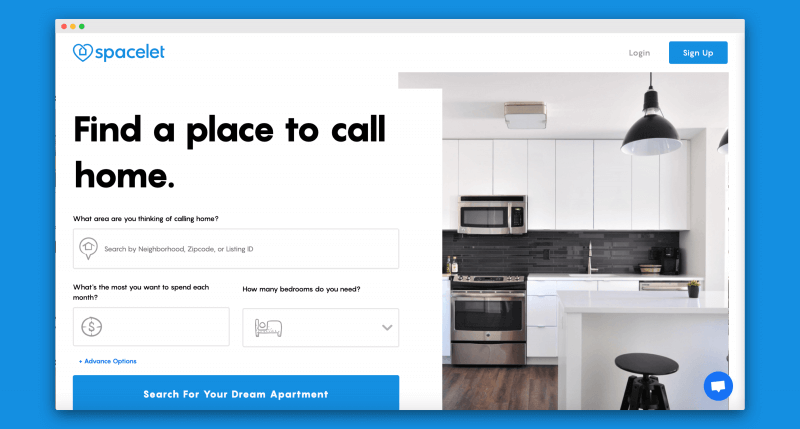

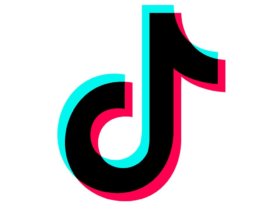
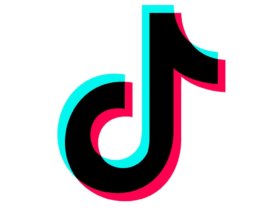

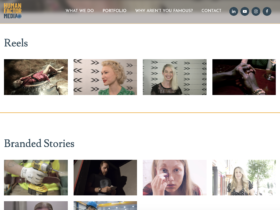

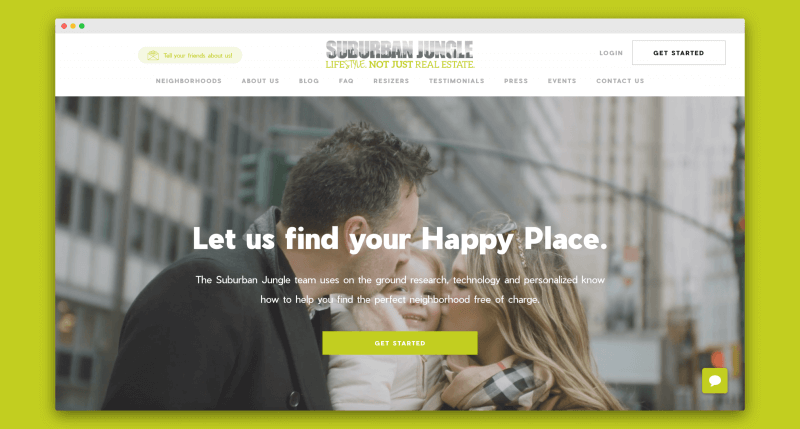
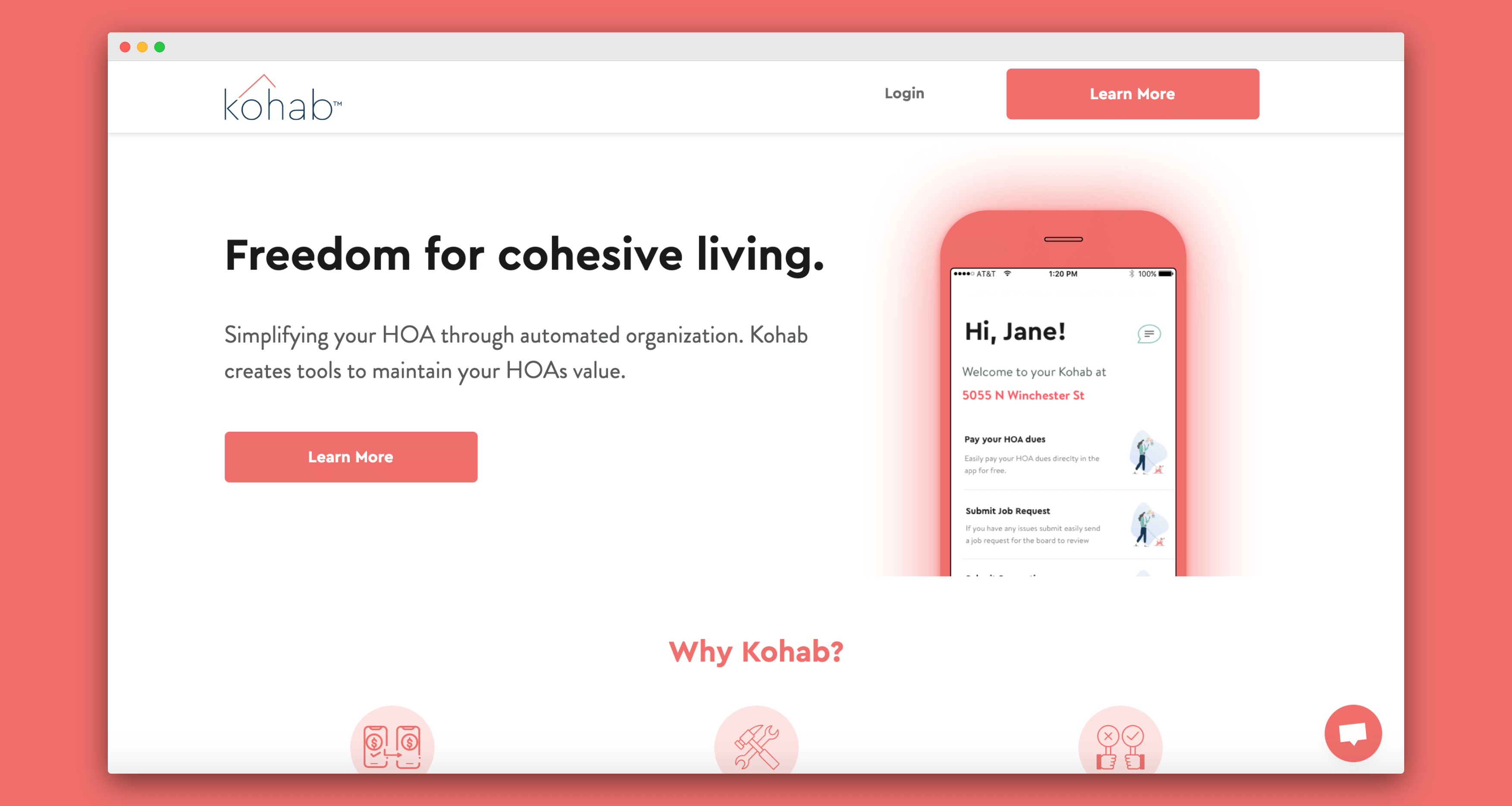
Leave a Reply